The Ultimate Guide to Choosing Floor Mats for Home
Floor mats are more than just decorative pieces; they play a crucial role in protecting your floors and carpets from dirt, moisture, and wear. Whether you need them for your home, office, or car, selecting the right floor mat involves considering various factors. In this guide, we’ll delve into the different types of floor mats, what to consider when choosing one, and tips for maintaining them.
Types of Floor Mats
Entrance Mats
Entrance mats are the first line of defense against dirt and moisture. Placed at the entrance of your home, these mats help remove debris from shoes before anyone steps inside. Typically made from durable materials like rubber or vinyl, they often feature a textured surface for effective cleaning.
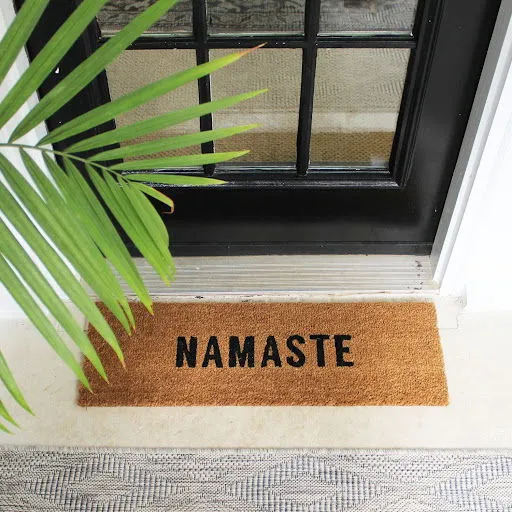
Source: Pinterest
Kitchen Mats
Kitchen mats are designed to provide a comfortable, slip-resistant surface in the kitchen. Often made of rubber or vinyl, these mats may have a cushioned or textured surface to reduce fatigue and improve safety.
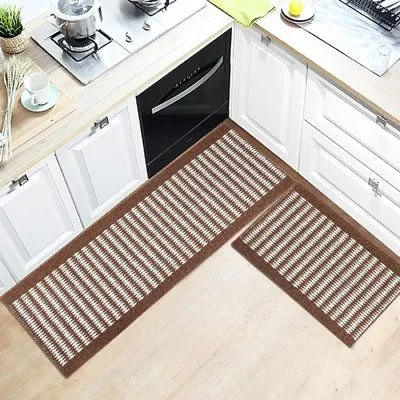
Source: Pinterest
Anti-Fatigue Mats
Anti-fatigue mats are perfect for people who stand for long periods, such as in a factory or retail setting. Made from foam or rubber, these mats often have a textured or contoured surface to promote proper posture and reduce fatigue.
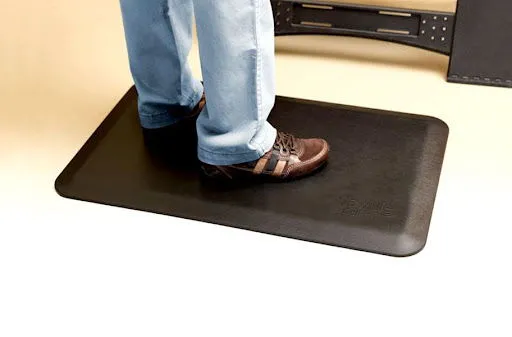
Source: Pinterest
Bathroom Mats
Bathroom mats are designed to be moisture-resistant, often made from rubber or vinyl. They usually have a textured or contoured surface to provide extra traction and reduce the risk of slips and falls.
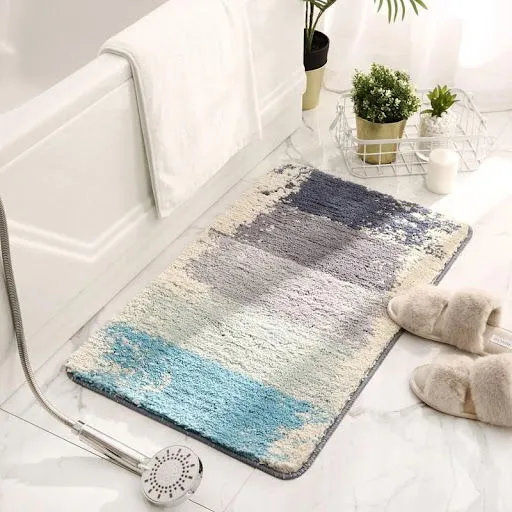
Source: Pinterest
Stair Mats
Stair mats provide extra traction and cushioning on stairs, reducing the risk of slips and falls. Made from rubber or vinyl, these mats often feature a textured or patterned surface.
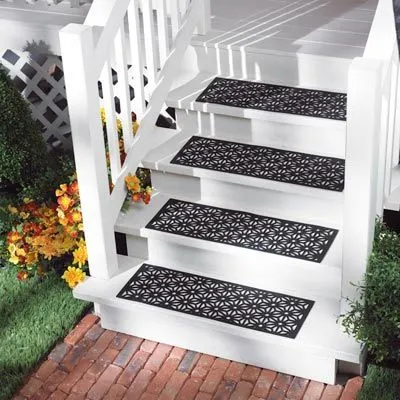
Source: Pinterest
Car Mats
Car mats are designed to withstand the rigors of daily use in vehicles. Made from durable, moisture-resistant materials like rubber or vinyl, they often have a textured or patterned surface to help remove dirt and moisture from shoes.
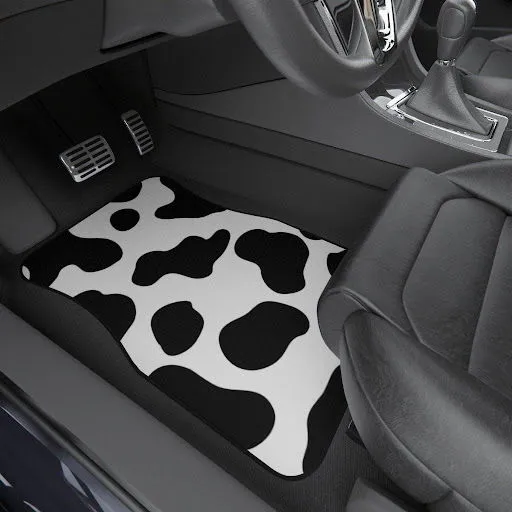
Source: Pinterest
Factors to Consider When Choosing Floor Mats for Home
Intended Use
The design of the floor mat should align with its intended use. For example, an entrance mat might feature a quirky quote or a ‘Welcome’ sign to greet visitors, while a bathroom mat should complement the tiles.
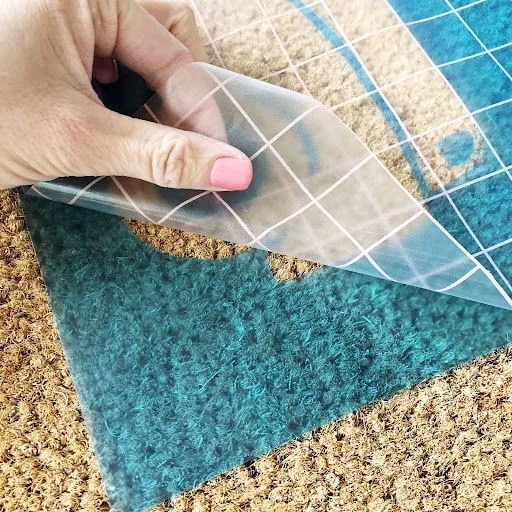
Source: Pinterest
Size and Shape
The size and shape of the mat should be appropriate for its intended use and the available space. An entrance mat may need to be larger to accommodate foot traffic, while a kitchen mat might be smaller and more rectangular.
Material
The material of the floor mat is crucial. Common materials include rubber, vinyl, and carpet. Rubber mats are durable and water-resistant, making them ideal for outdoor settings. Vinyl mats are easy to clean and suitable for commercial spaces. Carpet mats are softer and more comfortable, perfect for homes and offices.
Color and Pattern
The color and pattern of a floor mat can enhance the decor of a space. A colorful, patterned mat can add a playful touch to a home, while a neutral-colored mat can create a professional appearance in a business setting.
Additional Features
Consider the thickness and density of the mat, as well as any additional features like a textured or contoured surface, non-slip backing, or moisture-resistant coating.
Tips for Maintaining Floor Mats
Regular Cleaning
Dust, dirt, and debris can accumulate on floor mats over time. Regular cleaning is essential to keep them looking their best. Depending on the type of mat and its environment, you may need to clean it daily, weekly, or monthly. Use a vacuum cleaner, broom, or dust mop to remove loose dirt before using a damp cloth or mop to clean the surface.
Removing Stains
If your floor mat gets stained, act quickly to remove it before it sets. Use a cleaning solution specifically designed for the type of mat you have and follow the instructions on the label. For stubborn stains, you may need a stronger cleaning solution or a soft-bristled brush.
Protecting Against Moisture
Some floor mats, like outdoor or bathroom mats, are regularly exposed to moisture. To protect these mats, use a moisture-resistant coating or place them on a raised surface to allow air circulation, helping them dry faster.
Proper Storage
When not in use, store floor mats properly to prevent damage or dirt accumulation. If you need to store the mat for an extended period, wrap it in a protective cover or place it in a clean, dry storage area.
Replacing Worn Mats
Over time, floor mats may become worn or damaged and need replacement. Regularly inspect your mats for signs of wear and tear, such as holes, fraying, or fading, and replace them as necessary to ensure they continue to protect your floors effectively.


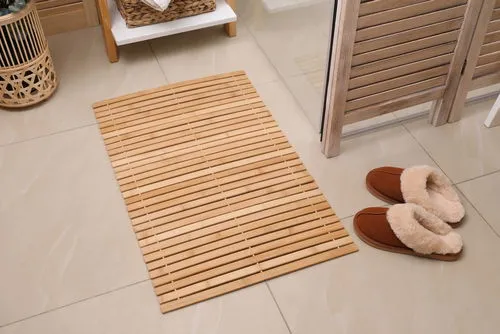

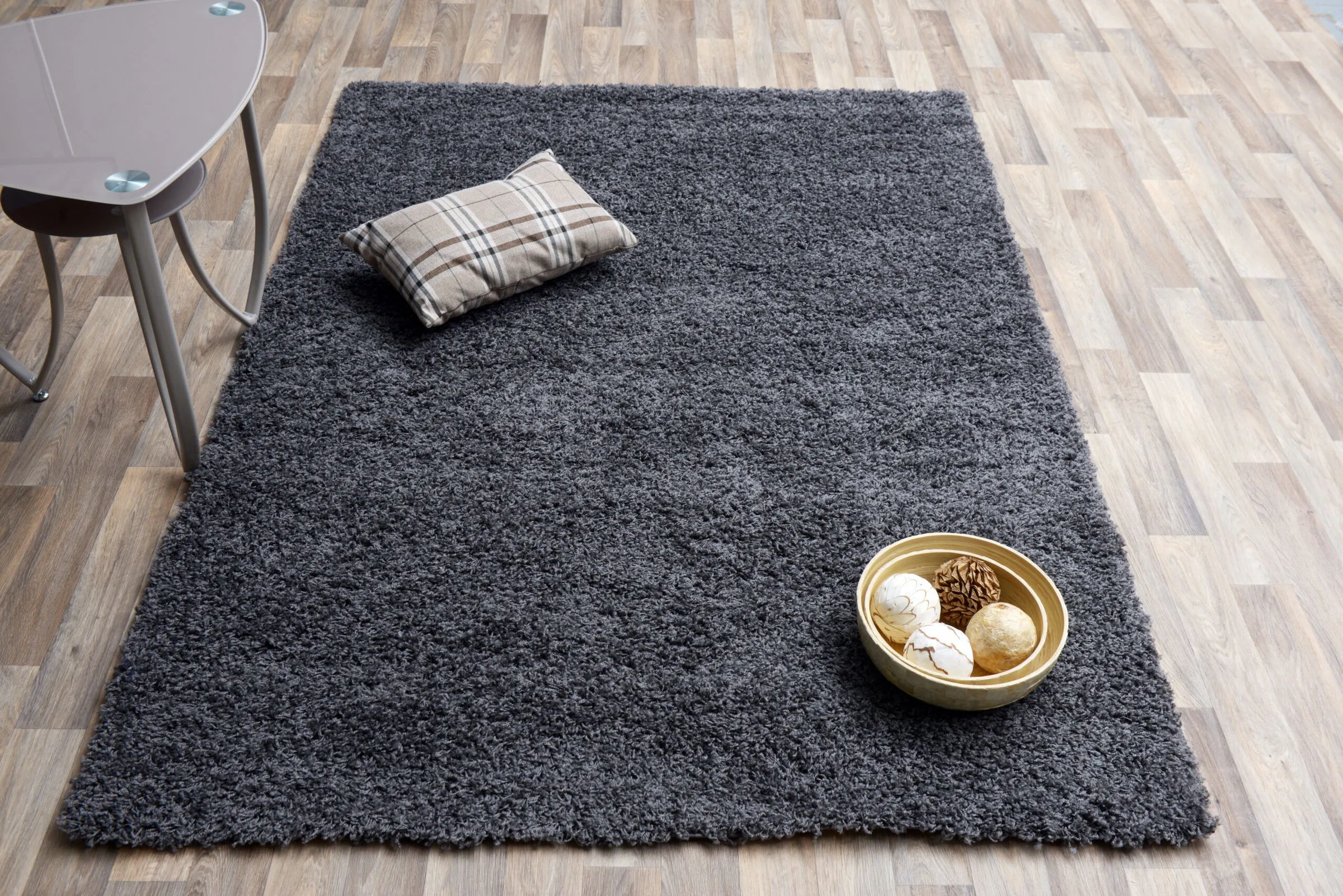
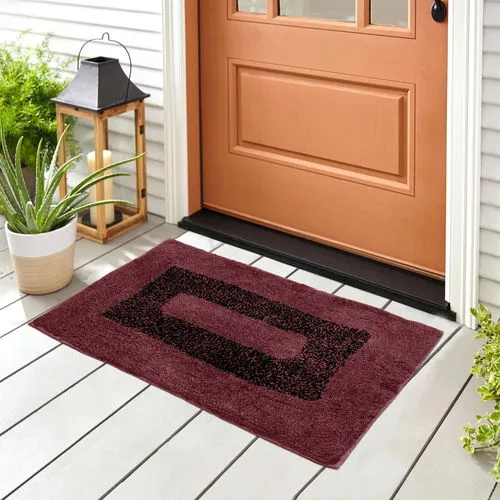


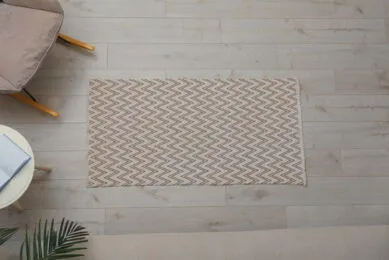
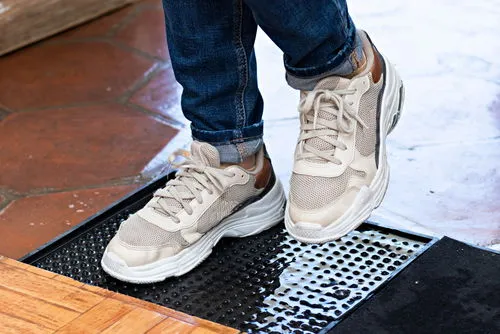
Conclusion
Choosing the right floor mats for your home involves considering various factors, from the type and material to the size and design. By understanding the different types of floor mats and what to look for, you can make an informed decision that enhances both the functionality and aesthetics of your space. Regular maintenance will ensure your mats remain effective and attractive for years to come. So, go ahead and invest in the perfect floor mats to protect and beautify your home!
